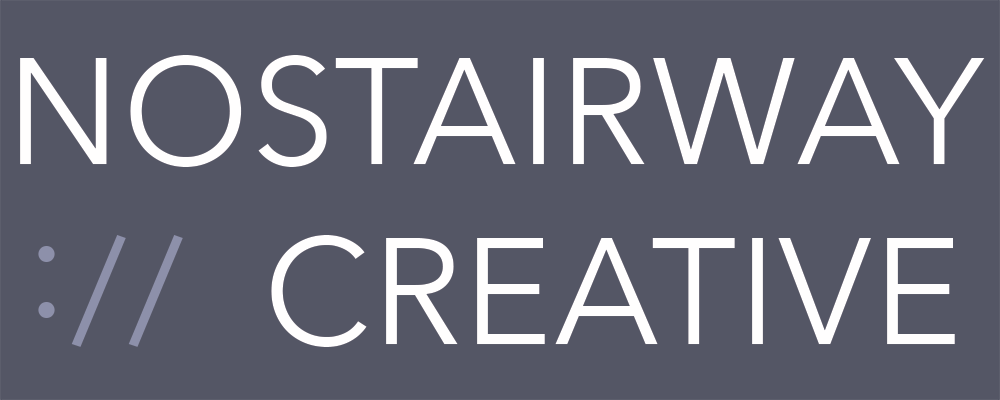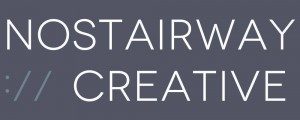The 5 basic steps to interview filming and some helpful tips
Get the right equipment

If you have access to high quality equipment, whether you own it, rent it or hire someone with it to shoot for you, make sure it’s the right type for interview filming. For example, radio mics (lapel mics) can be an easy and convenient way to record the interviewee speaking, as it connects directly to the camera, removing the need to add the audio in post production. They are also placed close to the person’s face so their voice is clear and surrounding noise is not picked up that much.
For your camera, think about what kind of lens you want, a prime lens, such as a 50mm, could make the image look more professional. However, if you don’t have access to equipment like this, don’t worry, you can always work with what you have. Filming on your phone is always an option, especially with the great cameras some phones have today. See our previous article about shooting on an iPhone. If you do plan on filming an interview on an iPhone, make sure you use landscape orientation, your lens is clean and you ideally record audio on an external microphone.
I got lots of this great advice from this Vimeo article.
Framing
 An easy trick to remember for framing in interview filming is the Rule of Thirds.
An easy trick to remember for framing in interview filming is the Rule of Thirds.
It’s the process of dividing your image into thirds, using 2 vertical and 2 horizontal lines. Placing the subject on the intersections of these lines creates a more pleasing, natural looking, image. Once the interviewee is placed in this position, make sure they look across the frame, so if they are on the right side of the frame, make sure you stand on the left and have them look at you.
Lighting
 If you’re working with professional equipment, there are many approaches you can take with your lighting, depending on the mood and subject of the video. For example if the person is discussing a dark topic, you could avoid using a fill light, and have a more chiaroscuro style light on them. Check out this video for some more advanced lighting techniques which can take interview filming to the next level.
If you’re working with professional equipment, there are many approaches you can take with your lighting, depending on the mood and subject of the video. For example if the person is discussing a dark topic, you could avoid using a fill light, and have a more chiaroscuro style light on them. Check out this video for some more advanced lighting techniques which can take interview filming to the next level.
However, if you don’t have the kind of budget required for lighting equipment, you should try to work with natural light as much as possible, as it will always be more flattering on camera than any fluorescent overhead lights or yellow tinted lamps. Try to film while it’s still bright outside and position your subject near a window, pay attention to any shadows it creates on their face, and balance them out with other light sources.
Sound

Pay very close attention to your audio recording while shooting your interview, start with some warm up questions, like ‘How’s your day going?’ ‘What did you have for breakfast?’ this will help the interviewee get comfortable in front of the camera, but will also allow you to test out the microphone and listen back to make sure it’s recording at the correct volume. If there’s background noise during the interview filming, ask them nicely to repeat their answer when it’s quieter.
Surroundings
You may not think of set or production design when it comes to just filming an interview, but mise en scène is equally important in interview filming. This includes all visible scenery or items in shot, so pay attention to your subject’s surrounding before beginning to film. Try to keep all objects in shot relevant to the topic of the interview, for example if you’re interviewing an award winning filmmaker, you could keep some of their awards in shot, or a poster of one of their films.
Don’t film your interview in front of a plain white wall or a very busy, distracting room, try to find a balance. You want the viewer to remain visually interested in the video, while still focusing on the person speaking. If you’re filming outdoors, try to avoid any obvious business names, branded signs, or potentially offensive graffiti.
GV shots
General View shots, also known as B-Roll or Cutaways are any shots not featuring the interview, they are additional footage to help add variety to your video and give it a more exciting pace. Make sure you get plenty of this footage, alongside your interview filming, so you have lots to work with while editing the video.
If you’re interviewing a filmmaker for example, this footage could be clips from films they’ve created, or BTS footage of them on set, if you’re interviewing a scientist, the GV could be footage of their lab. If you have the time and necessary access, it’s ideal to shoot your own GV, but you can also use found footage, just make sure it’s copyright free.
Some tips
You can find some helpful tips, as well as a glossary of relevant and useful terms on this article by Voice Magazine about interview filming.
You can also save time and effort and just ask Nostairway to shoot an interview for you, we have all the necessary equipment and experience for great interview filming. Contact us today for a chat about your video needs.
As a video production company in London, we often get asked how much it would cost to produce a video ourselves. The truth is, with the right equipment and some know-how, you can save a lot of money by creating your own videos. Of course, there is an initial investment involved in purchasing the necessary equipment.
However, once you have your own set-up, the sky is the limit in terms of what you can create. And if you’re willing to put in the time to learn the ropes, you can start producing high-quality videos that will save you money in the long run. So if you’re looking to create video content on a budget, don’t be afraid to go DIY. With a little effort, you can create professional-grade videos that will help you save money and reach your target audience.


Recent Comments